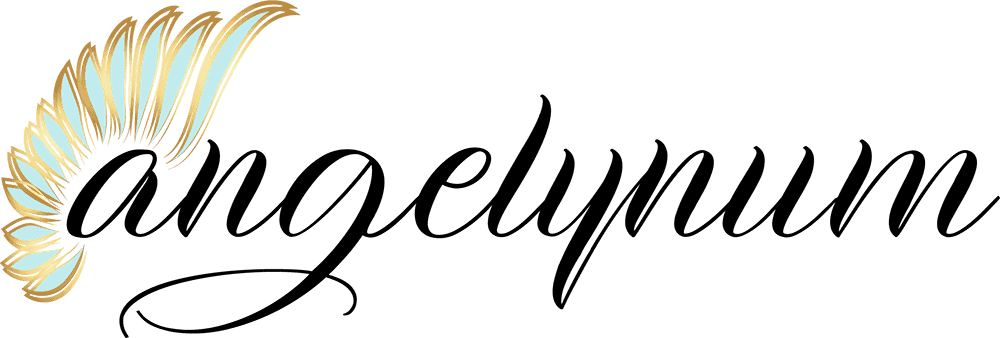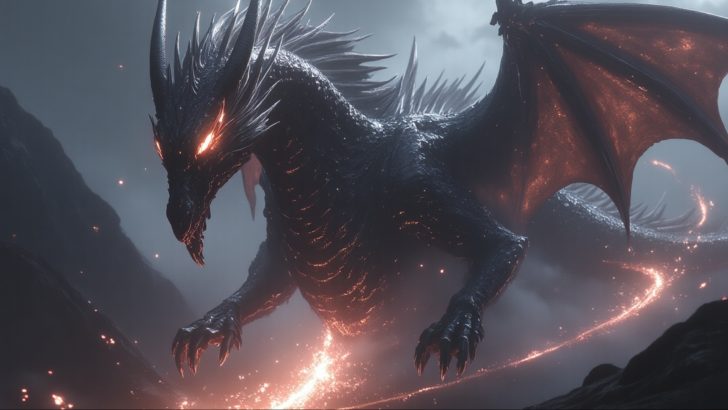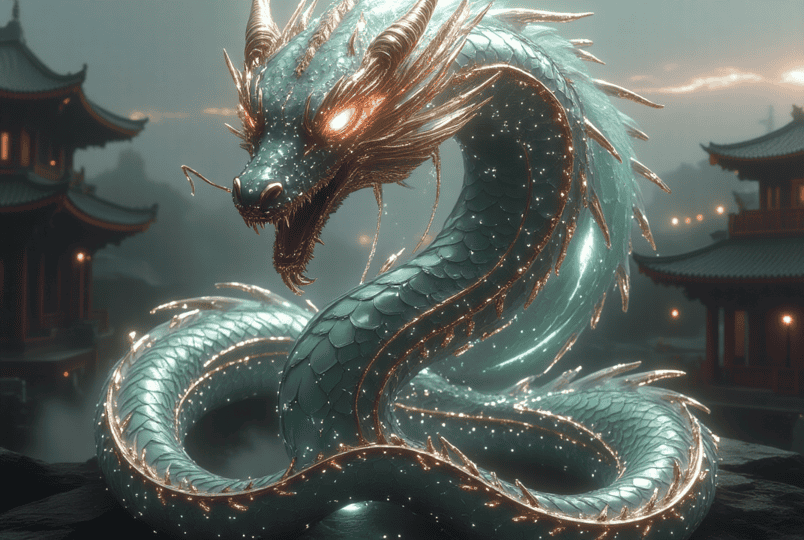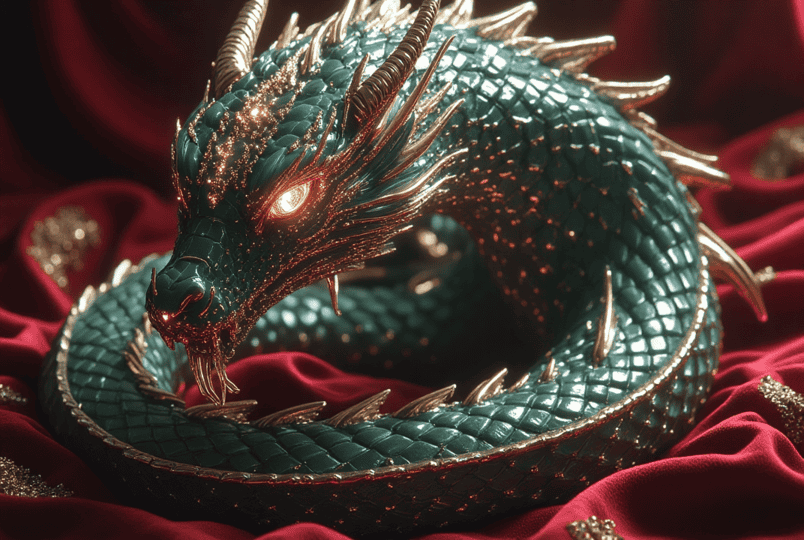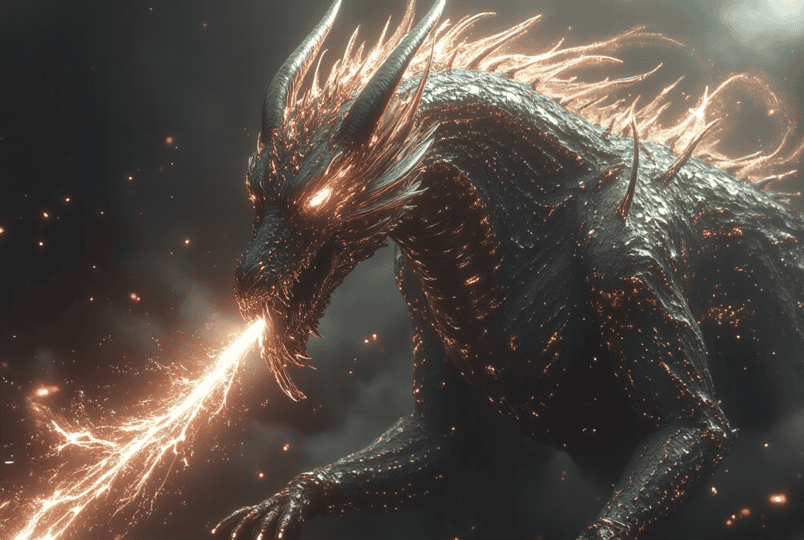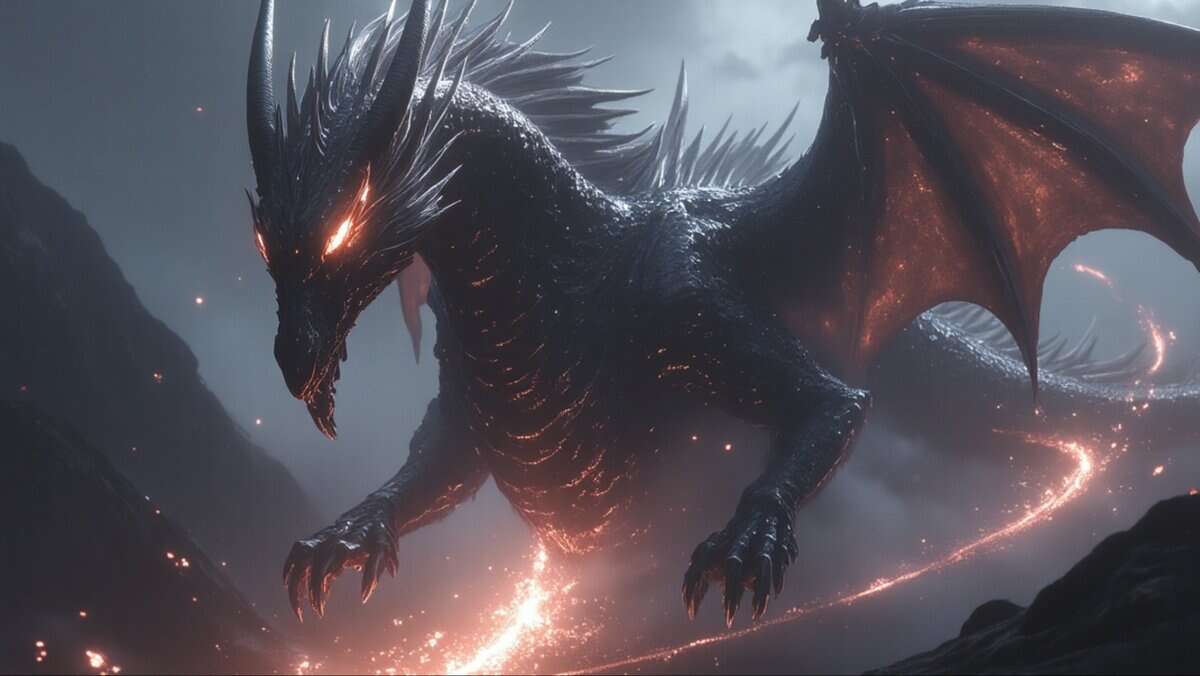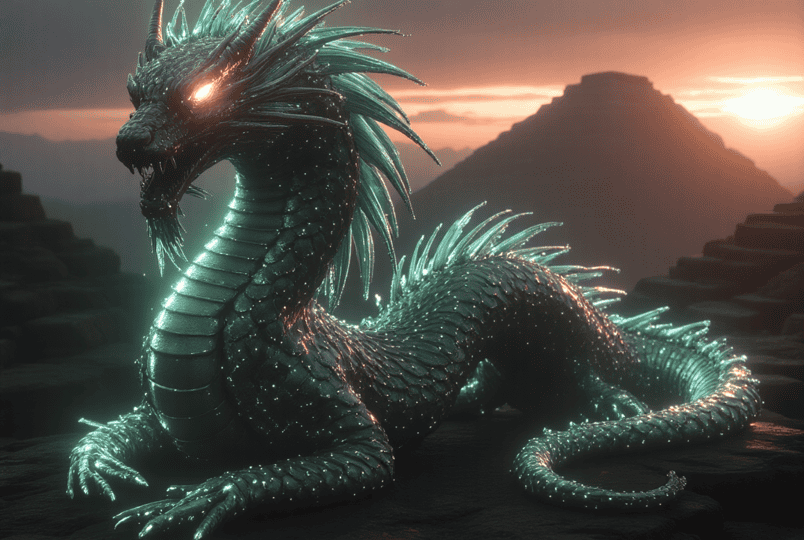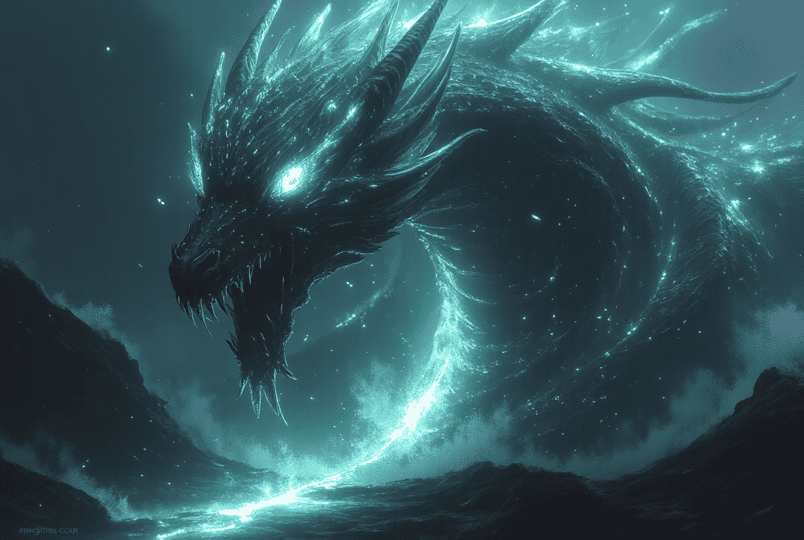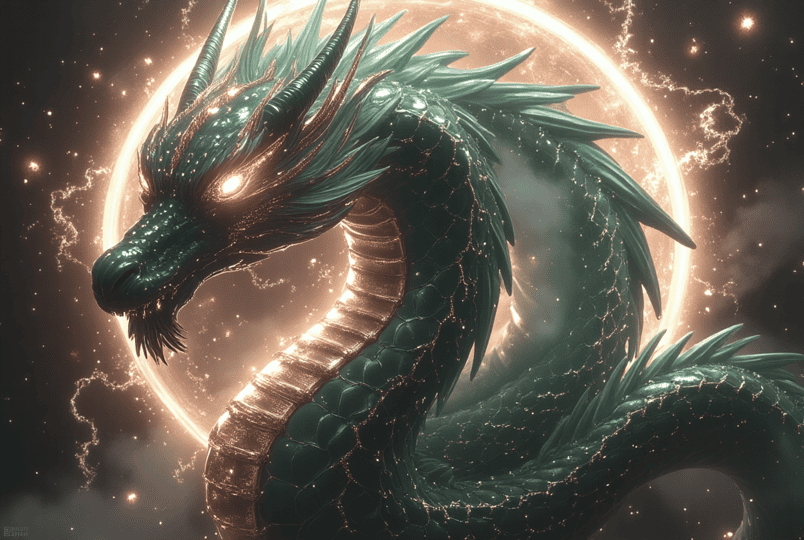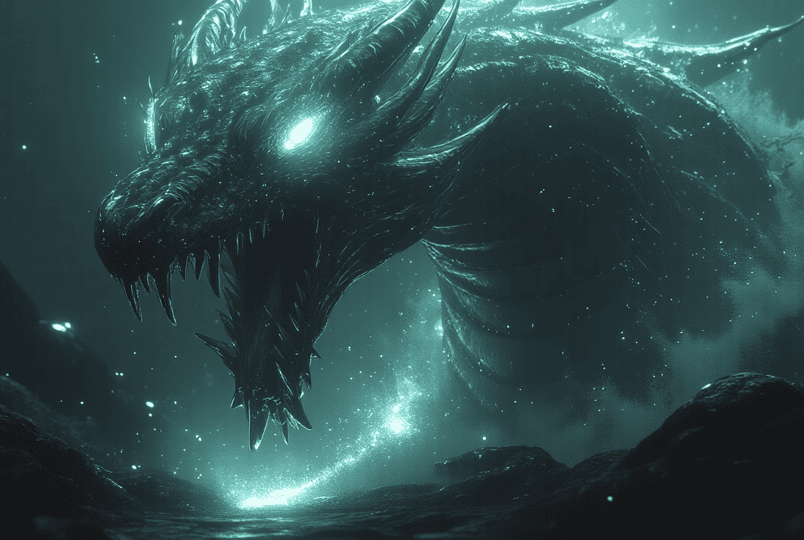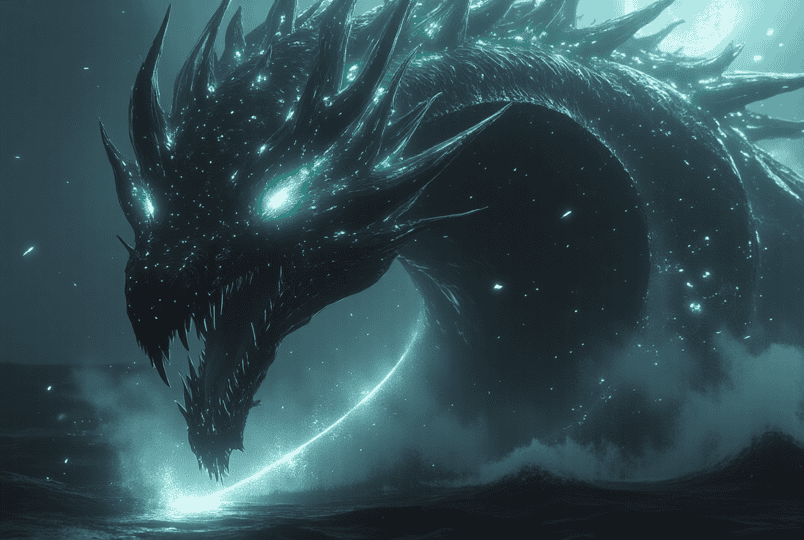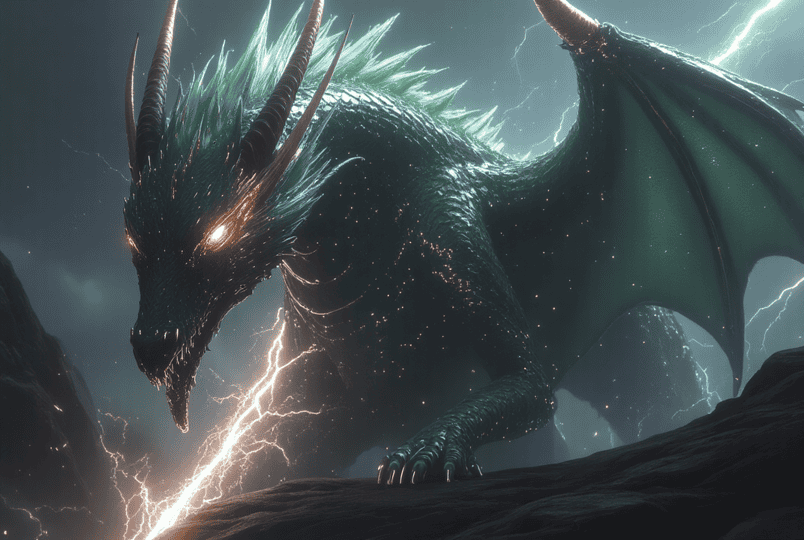Dragons have been living rent-free in our minds for eons, appearing in myths, legends, and stories all over the world.
These legendary creatures are as diverso as the cultures that tell their tales.
From Europe’s fire-breathing beasts to Asia’s water serpents, they symbolize everything from chaos and destruction to divine power and harmony.
Each corner of the globe has its own unique take on these mythical beings, often tying them to natural elements like water, fire, or storms.
Today, we explore some of the most epic dragon stories and beliefs from around the world!
1. China: The Benevolent Wisdom
Chinese dragons are the ultimate symbols of good fortune, wisdom, y poder divino.
Unlike the fire-breathing beasts from Western legends, these long, serpentine creatures are often depicted gliding through clouds or swimming in water.
They’re associated with life-giving rain and imperial authority, meaning emperors were seen as dragons walking the earth.
One legendary dragon is the Dragon King, who rules over the seas and controls the weather, bringing rain to lands plagued by drought.
People believed that having a dragon as a symbol meant you were blessed with harmony and strength.
These ancient stories depict dragons in China as wise protectors, embodying nature’s power.
2. Thailand: The Naga Legends
In Thai mythology, Nagas are the mighty serpent or dragon-like spirits that guard water sources or sacred places.
Estos multi-headed serpents are believed to protect treasures hidden beneath the earth and ward off evil spirits.
One popular legend talks about the Naga King, who keeps watch over the Mekong River and the caves housing sacred relics.
Locals believe Nagas are gentle protectors, but they can turn fierce if disturbed.
The stories say that during rainy seasons, Nagas rise from the water to bless the land with fertility, ensuring good harvests.
Temples like Wat Phra Kaew showcase these mythical beings, emphasizing their importance as divine guardians and symbols of water’s sacred power in Thai culture.
3. Ireland: Guardians of Treasure
Irish legends have a soft spot for dragons – they’re often portrayed as fierce guardians of treasure or symbols of chaos to be tamed by heroes.
One famous story tells of Fionn mac Cumhaill battling a dragon in the Hidden Valley, symbolizing the eternal struggle between order and chaos.
Irish myths also mention the Tuatha De Danann, mystical beings sometimes depicted as dragon-like or serpent-like, representing elemental forces of nature.
The Irish believe that dragons guard ancient secrets and treasures, and stories of these creatures highlight their role as powerful symbols of transformation, chaos, and nature.
These legends depict the dragons in Ireland as both dangerous and deeply connected to the land‘s mystical roots.
4. Russia: The Fiery Terror
Russian folklore is packed with legends of the Zmey Gorynych – a multi-headed, fire-breathing dragon that terrorizes villages y captures princesses.
These dragons are the embodiment of chaos and destructive power, but the hero Dobrynya Nikitich always shows up to save the day by slaying the beast.
The Zmey is often depicted as a villain, representing the dark forces that heroes must conquer to restore peace.
These stories are about bravery, virtue, and the triumph of good over evil.
The fiery breath and multiple heads make the Zmey Gorynych a classic symbol of chaos that needs to be subdued.
Russian legends remind us that even the fiercest dragons can be overcome with courage and cleverness.
5. Mesoamerican Serpent Gods
While not dragons in the traditional sense, Mesoamerican cultures like the Maya worshipped serpent deities like Quetzalcoatl, the feathered serpent.
These creatures symbolize the duality of life – creation and destruction, heaven and earth.
Quetzalcoatl was a creator god associated with wind, learning, y civilization.
The feathered serpent’s image combines the power of serpents and the beauty of feathers, representing cosmic balance.
These legends tell of a god who brought knowledge, culture, and life to humanity.
Although not fire-breathers, these divine serpents hold a special place in the mythos, embodying the mystical forces that shape the universe itself.
6. Atlantis: The Mysteries Beneath the Waves
When it comes to Atlantis, the stories tell of mysterious underwater monsters more than specific dragons.
Many tales depict sea serpents and giant creatures lurking beneath the sunken city, fueling theories about powerful beings guarding ancient secrets.
While these legends are very obscure and not directly linked to dragons, the idea of mysterious, mighty sea creatures echoes through Greek myths of sea monsters like Scylla and Charybdis.
These stories paint the ocean as a dangerous realm filled with powerful, serpentine beasts.
7. India: Divine Serpents of Power
Indian mythology is rich with stories of Nagas – serpent beings with divine powers.
They’re often depicted as multi-headed snakes that protect treasures and water sources.
One legendary tale features Lord Krishna, who subdued the deadly Kaliya Naga in the Yamuna River, symbolizing the triumph of divine power over chaos.
Though Nagas are considered protectors, they can also be fierce and vengeful.
These serpents embody both danger and divine blessing, representing water, fertility, y protección espiritual.
Their stories highlight a deep respect for serpentine creatures, viewed as powerful, divine beings who maintain cosmic balance and protect life’s vital resources.
8. Greece: The Hydra
Greek mythology is full of epic dragon-like monsters, especially the Lernaean Hydra – an enormous serpent with nine heads that Hercules had to slay as one of his Twelve Labors.
Each time Hercules cut off a head, two more grew back, making Hydra a symbol of chaos and resilience.
Another famous creature is Ladon, the dragon guarding the golden apples in the Garden of the Hesperides.
These monsters symbolize chaos and the primal forces of nature that heroes must conquer to restore order.
Greek legends celebrate the hero’s bravery in facing these terrifying dragons, emphasizing the eternal struggle between civilization and wilderness.
9. Jewish Lore: The Leviathan
Jewish tradition speaks of Leviathan, a colossal sea monster representing chaos and the untamable ocean.
Described as a formidable, chaotic beast in the Hebrew Bible, Leviathan embodies the primal forces of nature and evil.
However, in mystical Jewish texts, Leviathan also symbolizes divine power – destined to be slain in the messianic age to bring cosmic restoration.
The story of Leviathan, like many other dragon tales, is about chaos being subdued by divine authority, as a symbol of hope and renewal.
This legendary sea serpent is one of the most powerful mythic creatures, reminding us of the ancient fears and hopes tied to the unfathomable depths of the ocean.
10. Balkan Dragons: Storm Bringers and Secret Fathers
In South Slavic beliefs, dragons are potent, fire-breathing, magical beings often considered to be secret fathers of legendary heroes.
Many heroes are depicted as being of mysterious or unknown origin, which suggests they were fathered by dragons, which is suggested to be the source of their epic strength.
Another fascinating belief is that any illegitimate child might have been fathered by a dragon – marking them as special.
Dragons are also linked to storms and weather, believed to be able to summon clouds and rain.
These legends then suggest that spirits of deceased illegitimate children can bring storms, further tying them to dragons and the fertile power of these beasts.
In Balkanic folklore, dragons symbolize powerful, mystical, and taboo forces connected to nature’s unpredictable mood and are woven deeply into the culture.
A little Aquarius, devoted to writing and embroidery. Through my writing, I hope to empower readers to align with their true selves and navigate life’s mysteries with confidence.
